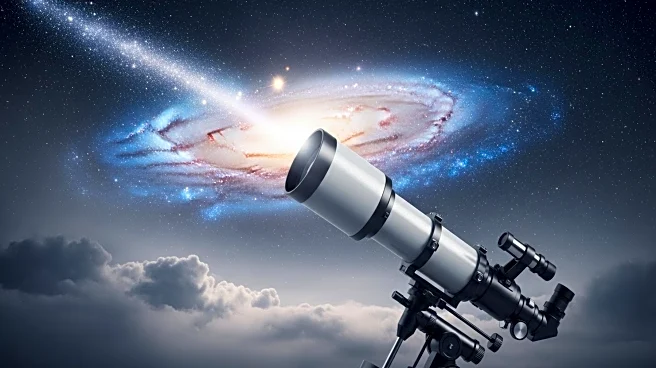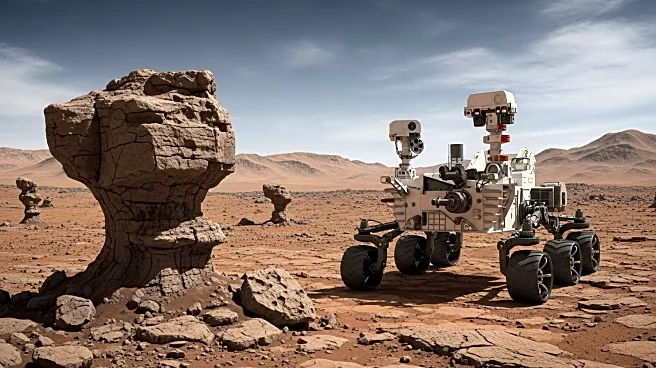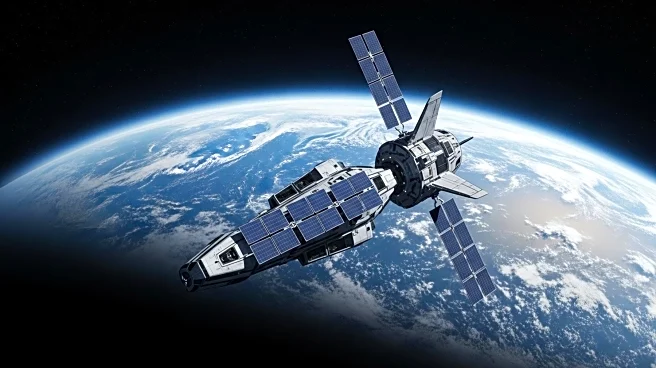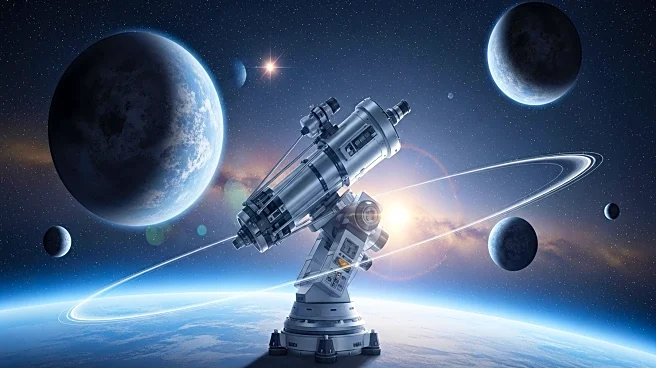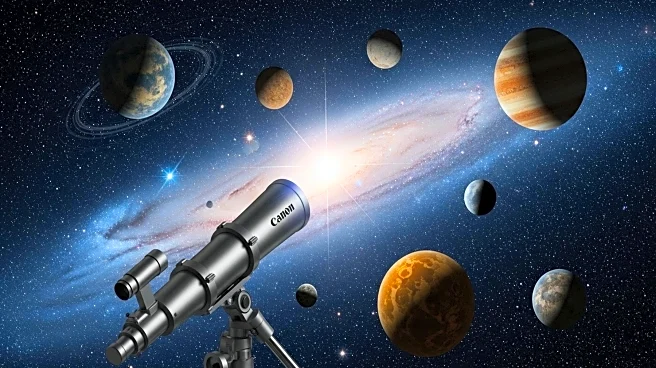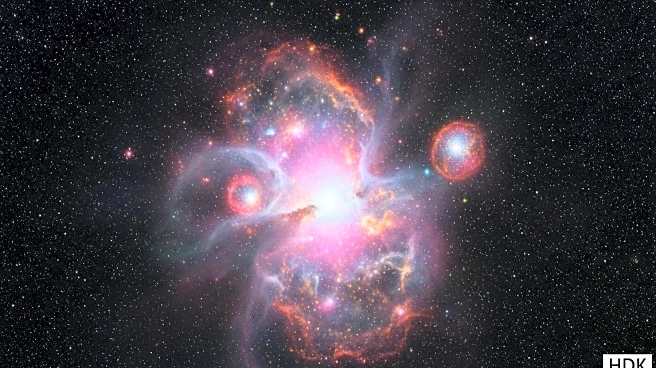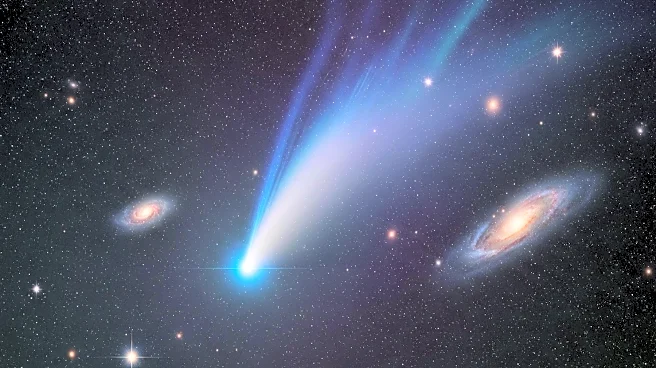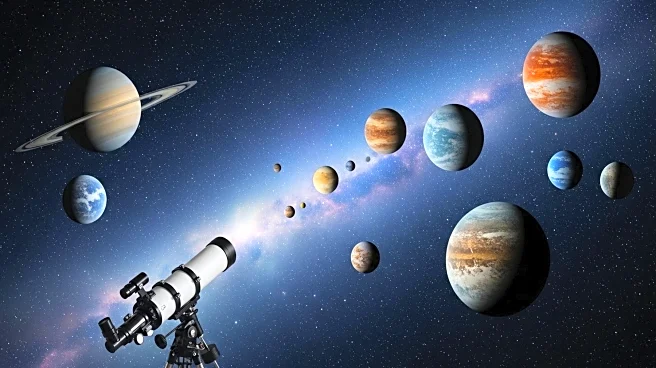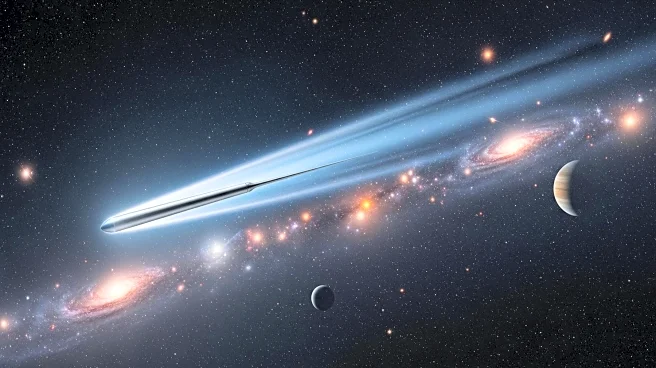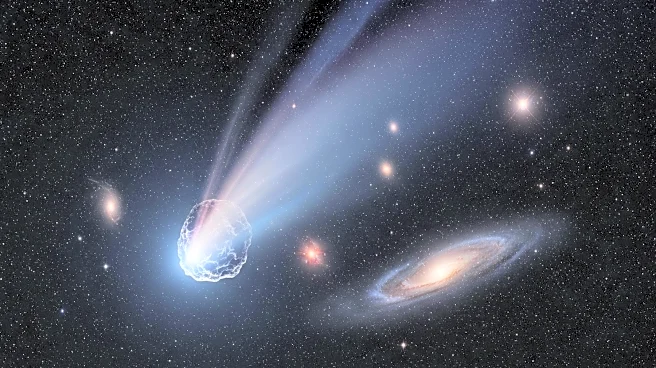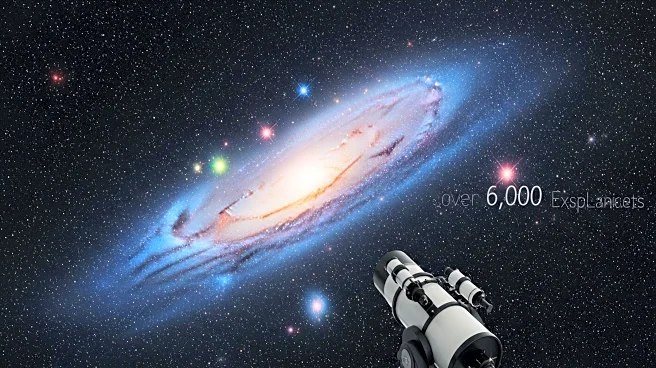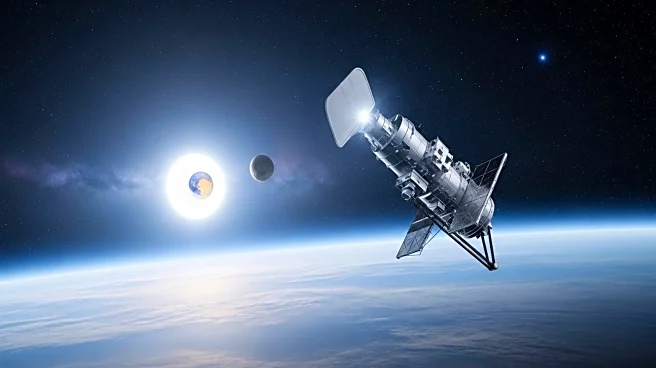What is the story about?
What's Happening?
NASA has announced that the number of confirmed exoplanets has reached 6,000, marking a significant milestone in the study of planets outside our solar system. This achievement comes 30 years after the first exoplanet was discovered orbiting a star similar to our sun. The space agency has identified over 8,000 potential planets that are awaiting confirmation, with future missions planned to discover more Earth-like planets and worlds with possible signs of life. The Nancy Grace Roman Space Telescope and the Habitable Worlds Observatory are among the missions aimed at expanding our understanding of the universe.
Why It's Important?
The discovery of exoplanets is crucial for understanding the diversity and characteristics of planets beyond our solar system. It provides insights into the conditions under which planets can form and the potential for finding Earth-like planets. This research is essential for answering fundamental questions about the existence of life elsewhere in the universe. The continued efforts by NASA and the scientific community to confirm and study these planets will enhance our knowledge of the universe and potentially lead to groundbreaking discoveries.
What's Next?
NASA plans to continue monitoring potential exoplanets and conduct follow-up observations to confirm their existence. The upcoming missions, including the Nancy Grace Roman Space Telescope and the Habitable Worlds Observatory, are expected to contribute significantly to the discovery of new exoplanets. These missions will focus on finding Earth-like planets and exploring worlds with possible signs of life, further advancing our understanding of the universe.
AI Generated Content
Do you find this article useful?
